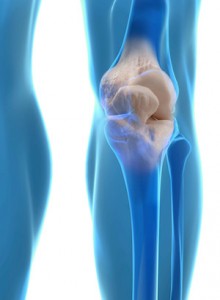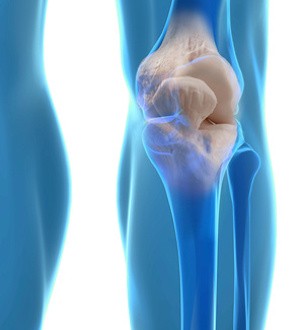
When you are able to move freely, your day to day tasks are easier and leisure time is a pleasure. One of the frustrations of age can be that our joints need more care and are less agreeable that they used to be. Therefore, looking after your joint health becomes more of a priority and commitment. The human body has an amazing capacity to repair itself, however, our joints often need extra love and care.
Essentially, a joint connects two bones. Joints and their supporting structures allow and facilitate movements such as bending at the knees, hips, and fingers, and turn your head. We give our joints little thought when they are working as nature intended, but they are hard to ignore when something is wrong!
Connecting two hard surfaces (bones) requires some cushioning. Smooth tissue called cartilage, synovium (the soft tissue that lines the spaces) and a lubricant called synovial fluid cushion the joints so that our bones do not rub together. general wear and tear caused by age, excess weight and injury can lead to damage, which presents as discomfort, pain or even debilitating joint conditions.
There is maintenance and care you can take to ensure you get the best out of your joints for as long as possible, and help them repair when damage occurs. Below are some of them:
Maintain a healthy weight
Despite the fact that we are able to gain large amounts of weight, our skeletons and internal structures are not able to adapt as fast as we gain weight. Every extra kilo adds pressure and contributes to damage. Take steps to address excess weight and be kind to your joints while you do so – if you care overweight, choose exercise like swimming or cycling that doesn’t add a high impact load to your body. walk on softer surfaces than concrete and asphalt and wear good supportive shoes.
Eat for healthy joints
Joints need lubrication, in the form of water and healthy fats. The fats that you eat eventually become the fats that populate your cell membranes, that also encapsulate your cells. Nourish your body with fats from avocado, nuts, seeds, and fatty fish such as salmon (or flaxseed), rather than highly processed and heat-sensitive fats.
Omega 3 fatty acids are particularly effective in fighting inflammation in the body, and can be easily incorporated into our diets by eating omega-3 rich salmon or flaxseed. Arthritis experts recommend fish oil, derived from fatty fish such as sardines and salmon, as extremely beneficial for joint health. If you don’t eat enough omega 3s, they are readily available as supplements too. Flaxseeds, chia seeds, walnuts and pecans are also good sources of omega 3 fats.
Stay strong
Along with connective tissues inside the joints, muscles also act like shock absorbers in our bodies and help to stabilise and protect joints. Muscle strengthening movements such as light weight bearing exercise can protect joint (and bone) health. Knee joints are the most prone to wear and tear – so strengthening the muscles with movement such as cycling, can help protect them from premature damage.
Try and move through a full range of motion regularly to help disperse synovial fluid through your whole joint. Joint movement moves the old fluid out and allows new fluid to move in. Left to sit, old synovial fluid can accumulate mineral deposits and microbes. Moving your body and your joints every day is a wonderful way to lubricate your joints naturally. Incorporate 5-10 minutes of joint mobility movement each morning, such as yoga poses, light stretching and walking.
Flexibility is key to keep your joints healthy. Muscles and connective tissue can become tight and inflexible through bad posture and inactivity. This can contribute to stress on a joint may be due imbalances in muscle strength – for example, one muscle being too tight, another being too weak . In turn, your body makes adjustments to compensate, which often restrict movement to avoid pain, which can become a cycle of disfunction. If you are experiencing joint pain or stiffness, it can be incredibly helpful to seek treatment and support from a physiotherapist or osteopath or discuss any new or unusual pain with your GP.
Magical Massage
Massage targets the soft tissues of the body, such as muscles, tendons and ligaments. Massage can be done on yourself for small niggles, or by a qualified massage therapist. Not only does it reduce stress, it can be wonderful at helping to ease muscle tension and subsequently joint aches.
Keep positive
Joint pain can be debilitating and depressing, which can affect you emotionally as well as physically. Consciously work to move beyond an attitude of limitation, and refuse to accept joint stiffness and pain as part of life. Seek help early on and do the work to maintain and support your joints – they are critical to a healthy, happy, mobile you!









Join the Discussion
Type out your comment here:
You must be logged in to post a comment.